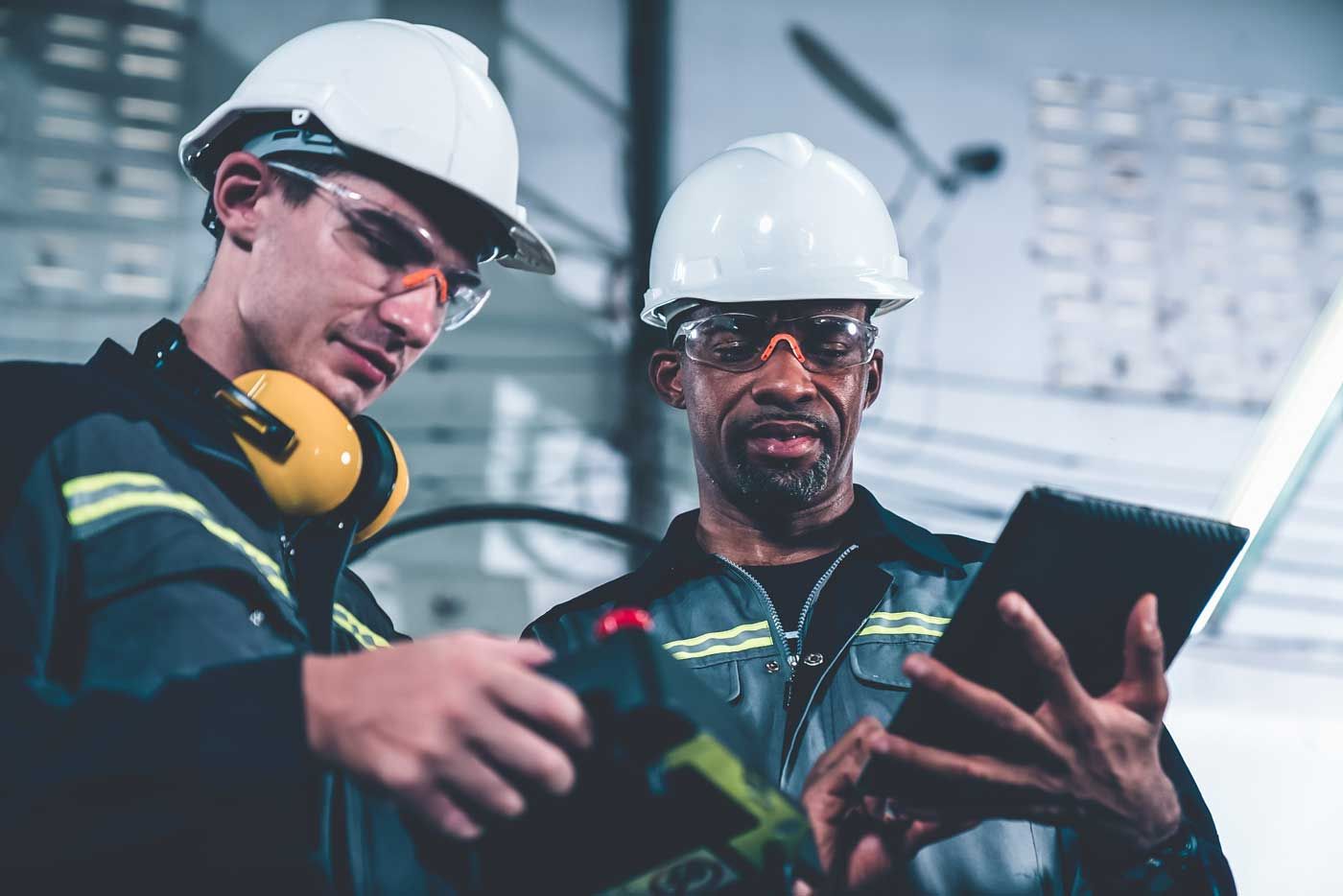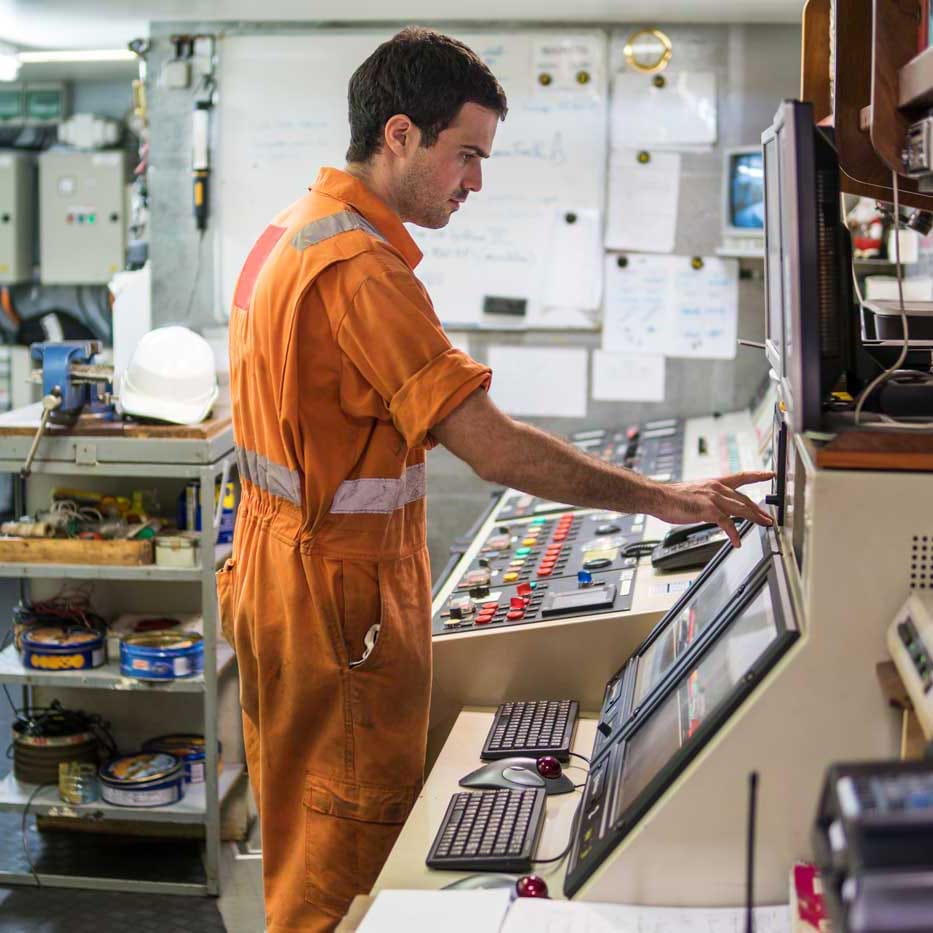Firesleeves offer several benefits in offshore wind power generation, where equipment reliability, safety, and durability are crucial for sustainable energy production in harsh marine environments. Here's an overview of the advantages of firesleeves in offshore wind power generation:
FIRE PROTECTION
Offshore wind turbines contain electrical components, hydraulic systems, and lubricants that can pose fire hazards if not adequately protected. Firesleeves provide a critical barrier against fire propagation, containing potential fires and minimizing the risk of catastrophic incidents, thereby safeguarding personnel and assets.

HEAT INSULATION
Wind turbine components are exposed to high temperatures generated during operation, especially in the nacelle and gearbox. Firesleeves offer effective thermal insulation, reducing heat transfer and protecting critical components from thermal damage, ensuring the reliability and longevity of offshore wind turbines.
MECHANICAL PROTECTION
Offshore wind turbines are subject to harsh environmental conditions, including strong winds, saltwater exposure, and corrosive elements. Firesleeves act as durable protective covers, shielding cables, hoses, and wiring from abrasion, impact, and wear, thereby extending their lifespan and minimizing the risk of mechanical failures and downtime.

CHEMICAL RESISTANCE
Offshore environments expose wind turbines to saltwater, moisture, and corrosive elements that can degrade materials over time. Firesleeves are resistant to oil, water, chemicals, and salt, providing an additional layer of protection against corrosion, degradation, and environmental damage, ensuring the integrity and performance of critical components.
ELECTRICAL SAFETY
Offshore wind turbines rely on electrical systems to convert wind energy into electricity and transmit it to the grid. Firesleeves offer insulation and protection against electrical faults, short circuits, and arcing, reducing the risk of electrical fires and ensuring the safe operation of electrical systems in challenging offshore environments.
WEATHER RESILIENCE
Offshore wind farms operate in remote locations exposed to harsh weather conditions, including high winds, storms, and saltwater spray. Firesleeves are resistant to moisture, UV radiation, and environmental factors, ensuring the reliability and performance of critical components under adverse weather conditions and minimizing the risk of weather-related damage.
REGULATORY COMPLIANCE
Offshore wind power generation is subject to stringent safety, environmental, and regulatory standards aimed at protecting workers, minimizing environmental impact, and ensuring operational integrity. Firesleeves help wind farm operators comply with regulatory requirements by reducing fire risks, enhancing safety protocols, and mitigating potential hazards associated with equipment and systems.

